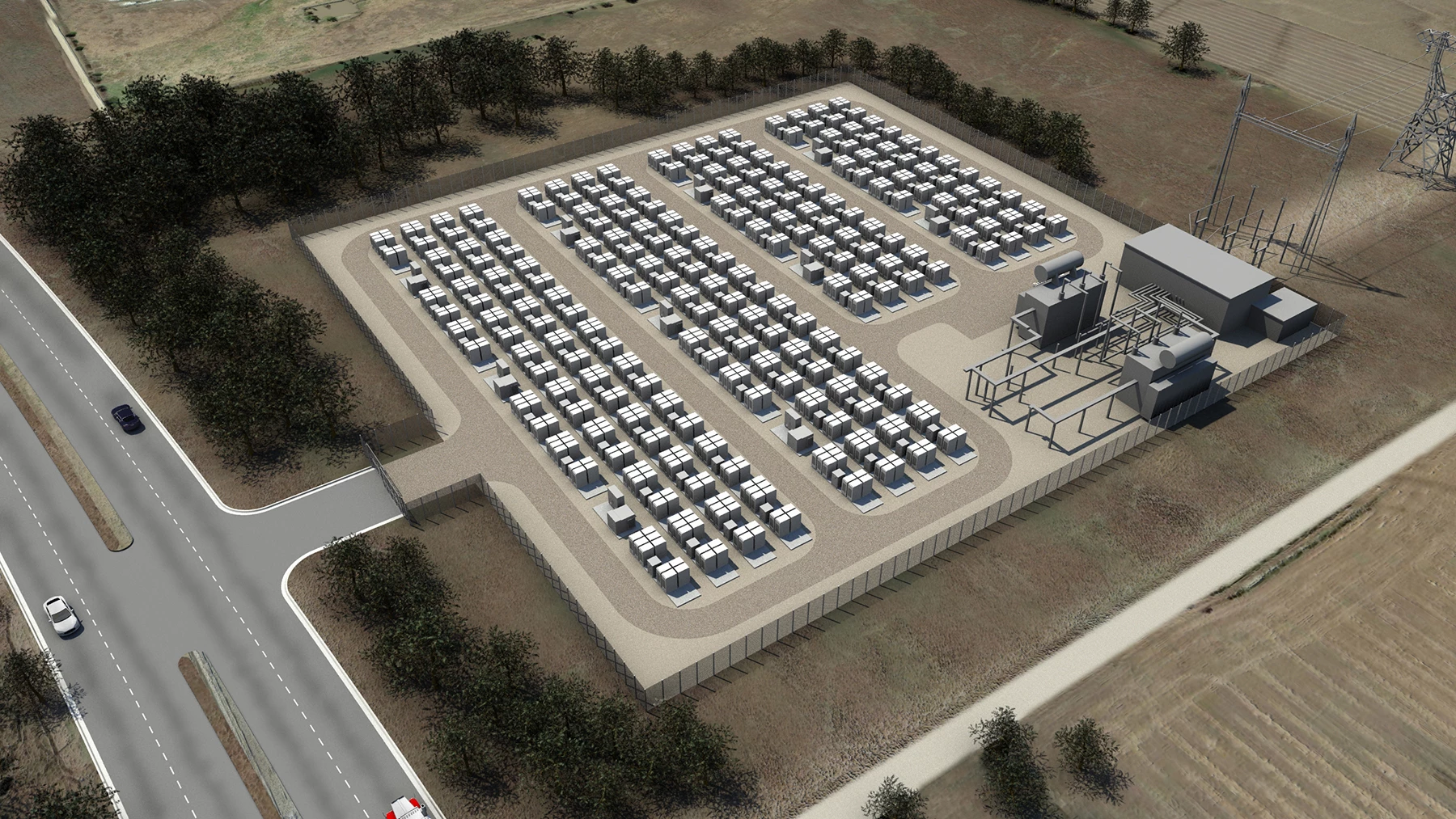The Tesla home battery system hinted at by CEO Elon Musk several months ago has finally been unveiled by Musk himself at the company’s design studio in Hawthorne, California. Dubbed the Powerwall, the stationary home battery offers 10 kWh of storage capacity for the relatively modest price of US$3,500. A smaller unit is also available at 7 kWh for $3,000, and homeowners can stack multiple units if needed.
The facility and event where the announcement was made were powered by the new Tesla batteries, which were charged during the day by rooftop solar panels. Consisting of an DC to DC converter, the battery works with solar systems right out of the box (though installation is extra), to store energy during the day for powering the home at night or during outages due to storms or natural disasters.
With that in mind, Musk said the units can work in cold climates, operating within a temperature range of -20° C (-4° F) to 43° C (110° F). Non-solar homes can also benefit by storing energy from the grid during low rate periods and using it during expensive peak hours. The lithium-ion battery also consists of a liquid thermal control system and software that receives dispatch commands from a solar inverter.
"The fact that it’s wall-mounted is vital," said Musk, pointing out that no special battery room is needed, and that the flat, roughly 4-ft by 3-ft (0.9 x 1.2 m) unit can be mounted indoors on a garage wall or the outdoor wall of a home.
Musk also envisioned the battery for use in remote areas of the world that lack an energy infrastructure, and likened their hopeful adoption to that of cell phones, which leapfrogged landlines in places previously without phone service.
Even more ambitious was the introduction of a 100 kWh power pack battery block designed for utility applications, which can be grouped and scaled from 500 kWh to more than 10 MWh. The systems would be able to produce 2 or 4 hour continuous net discharge power using bi-directional inverters tied to the grid.
“It’s designed to scale infinitely, to a gigawatt class or higher,” said Musk. He added that a 250 kWh system is already installed and being used by an unnamed utility.

Musk went even further, saying a gigawatt power pack could power a small city, such as Boulder, Colorado. Doing the math, he added that 160 million of Tesla’s power packs could power the US, and that 2 billion power packs could supply energy to the entire world, transportation included.
"This is within the power of humanity to do," he said. "It’s not impossible, and we’re starting to do it with Gigafactory 1."
While he might have been tempted to take a Dr. Evil pinky-pose at the thought, Musk added that Tesla has open source patents for its technology, with the hope that other companies will build gigafactories of their own.
The PowerWall is available for order now in limited numbers, and ships in 3-4 months. It is currently manufactured at the company’s auto factory in Fremont, California, but production will ramp up following the shift to the Tesla Gigafactory in Nevada, which is expected to be completed in 2017.
Source: Tesla Energy








